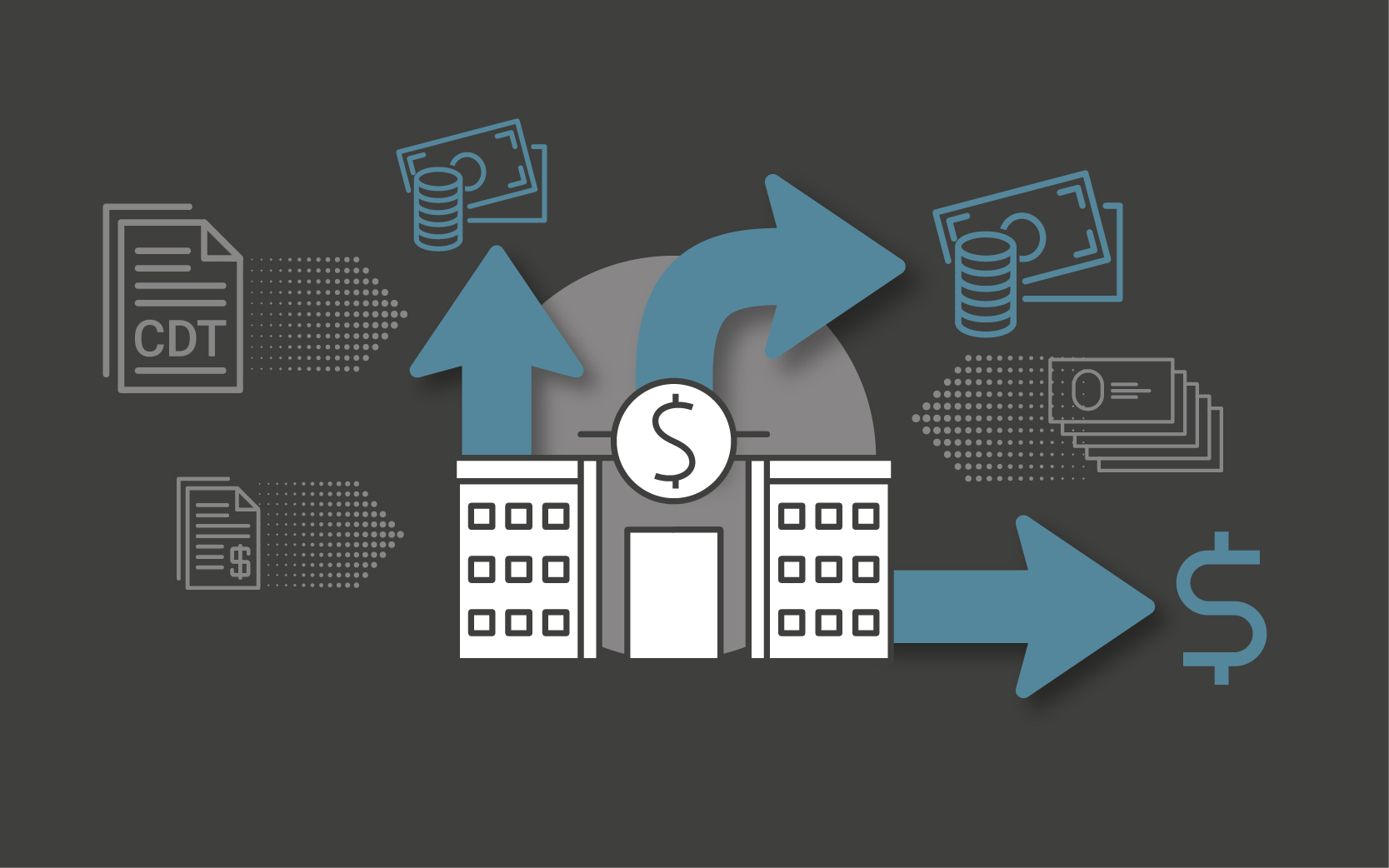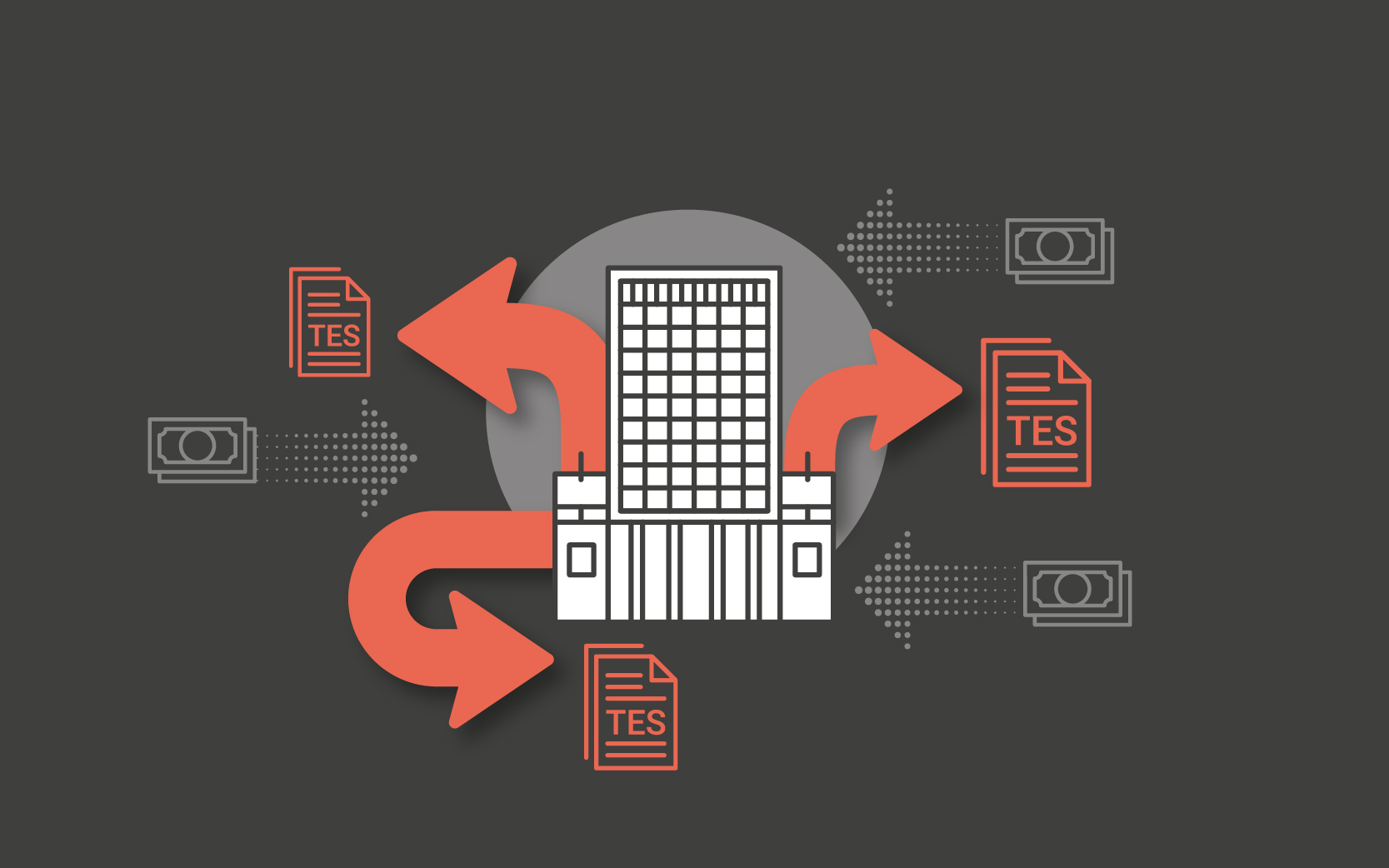Market Monitoring and Reporting
This section presents a general analysis of the behavior and trends of local financial markets. In addition, it contains reports and statistics that allow monitoring the behavior and dynamics of these markets, as well as their interactions.
Money Market
Foreign Exchange Market
Public Debt Market
Stock Market
Money Market

It corresponds to the market where the different agents participate in order to properly manage their short-term liquidity needs in Colombian pesos. Usually, the transactions carried out in this market have a term of less than or equal to one year.
The following is a list of indicators used to monitor the money market:
Banco de la República’s Intervention Operations
Open Market Operations (OMOs) are the main instrument used by Banco de la República to increase or decrease (expand or contract) the amount of money in the economy.
Foreign Exchange Market

It corresponds to the market where the exchange (purchase and sale) of foreign currency is carried out. It can be divided into two groups: the spot market and the derivatives market (futures). These operations are carried out with foreign exchange market intermediaries or authorized foreign agents.
Spot Market
The spot market corresponds to transactions that are settled up to three business days after their negotiation.
Some monitoring indicators are shown below.
Derivatives Market
Statistics are presented on foreign exchange derivative operations, interest rates, and, in general, those contracts with foreign exchange risk carried out by Foreign Exchange Market Intermediaries (IMCs in Spanish) and by other residents, other than IMCs, with foreign agents.
Below are reports related to these transactions.
Below are the historical series of traded amounts, implied devaluations, and the balances of the different agents.
Banco de la República’s Intervention Operations
Banco de la República may purchase or sell foreign currency, spot and forward, to regulate the liquidity of the financial market and the normal functioning of domestic and foreign payments of the economy, avoid undesired fluctuations in the exchange rate, and accumulate and reduce international reserves.
Below there is a detailed description of the intervention operations carried out by the Central Bank through various instruments.
Public Debt Market

It corresponds to the dynamics of the bonds issued by the Government for its financing. Through this market, it is possible to obtain information on expectations regarding macroeconomic variables such as inflation, interest rates, and risk premiums, among others. This data is an important tool for making policy decisions.
In order to monitor this market, information on interest rates at different terms and liquidity in the public debt market in Colombian pesos and UVR (Real Value Unit) is analyzed. Down below are some monitoring indicators.
TES Managed Auctions
Stock Market

It corresponds to the market where the issuance and trading of shares of companies listed on a stock exchange takes place. In Colombia, there are several indexes that seek to characterize the behavior of the stock market. The most important one is the MSCI Colcap index, which shows the performance of the most representative shares.































































